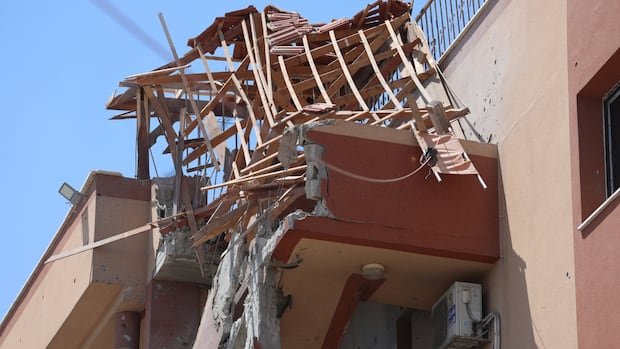An investigation by the Associated Press reveals troubling details surrounding an Israeli airstrike on a Gaza Strip hospital that resulted in the deaths of 22 individuals, including five journalists. The incident, which occurred on August 25, has raised concerns about Israel’s justification for the attack and its execution.
Among the casualties was Mariam Dagga, a 33-year-old journalist affiliated with the AP and other media outlets. Israeli forces targeted a location known as a gathering point for journalists, claiming suspicions that a camera on the rooftop was being used by Hamas for surveillance purposes. However, new evidence obtained by the AP suggests that the camera actually belonged to a Reuters video journalist named Hussam al-Masri, who habitually covered his equipment with a white cloth for protection against the harsh environment.
Witnesses reported that Israeli drones had been monitoring the area before the attack, providing ample opportunity to identify al-Masri accurately. Despite this, Israel carried out four strikes on the hospital without prior warning. The military has not provided substantial evidence to support its actions and has refrained from commenting on whether the wrong individual was targeted.
The AP’s investigation, drawing on insights from Israeli military officials and eyewitness accounts, questions the necessity and accuracy of the strike. The attack has sparked international outrage as Israel intensifies its offensive in Gaza City, endangering the population further. Israeli Prime Minister Benjamin Netanyahu referred to the incident as a “tragic mishap” but stopped short of issuing an apology.
The hospital, a crucial hub for reporting on casualties and humanitarian crises in Gaza, has been a lifeline for Palestinian journalists. The building’s external staircase served as a vantage point for capturing events in Khan Younis, enabling journalists to transmit live footage globally. Despite prior notifications to the army regarding the journalists’ presence, Israel proceeded with the strikes.
Israel’s repeated targeting of hospitals and journalists during the conflict has drawn condemnation. While international law safeguards these entities, Israel has accused Hamas of exploiting these facilities for military purposes. However, there is scant evidence to substantiate these claims. Analysis of the attack indicates that none of the victims were armed at the time of the strikes.
The use of tank fire in the assault has also raised questions, as experts suggest less lethal alternatives were available. The presence of tank shells at the scene aligns with Israel’s confirmation of using such ammunition. An ongoing investigation is underway to ascertain the circumstances surrounding the attack and the decisions made by the military.
Following the strikes, Israel identified six individuals as militants killed in the attack, but discrepancies emerged regarding their identities. Contrary to Israel’s claims, some of the named individuals were health-care workers or first responders, according to hospital records. The lack of concrete evidence and discrepancies in the information provided by Israel have further clouded the events surrounding the tragic incident.
The deaths of journalists and civilians in Gaza have reignited concerns about Israel’s military actions and its impact on innocent lives. The ongoing conflict underscores the challenges faced by journalists operating in conflict zones and the imperative to uphold international humanitarian standards.


